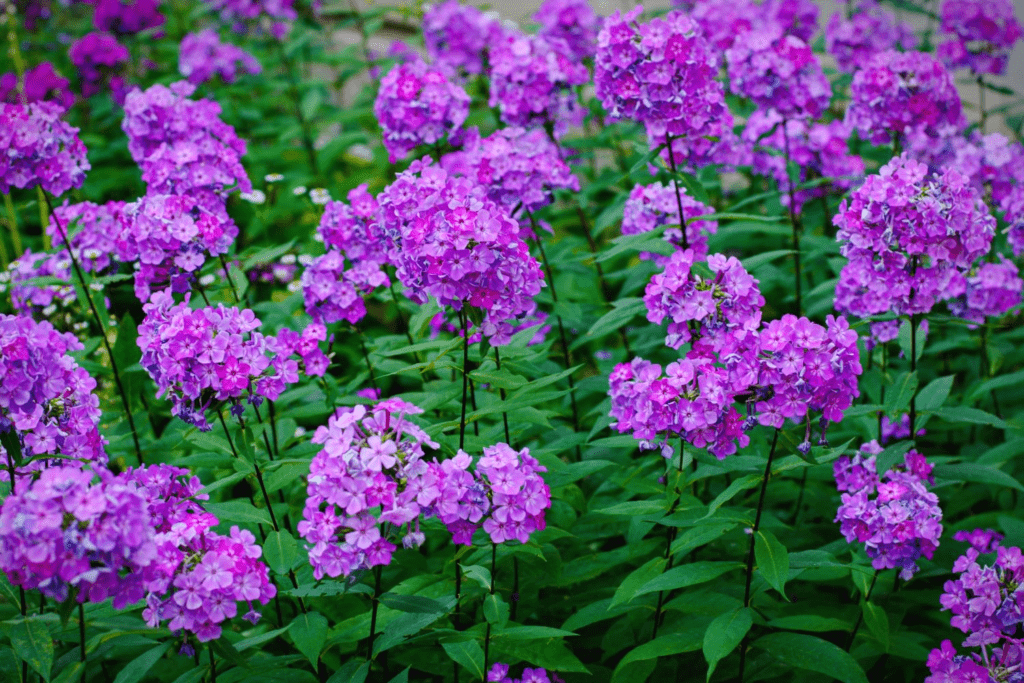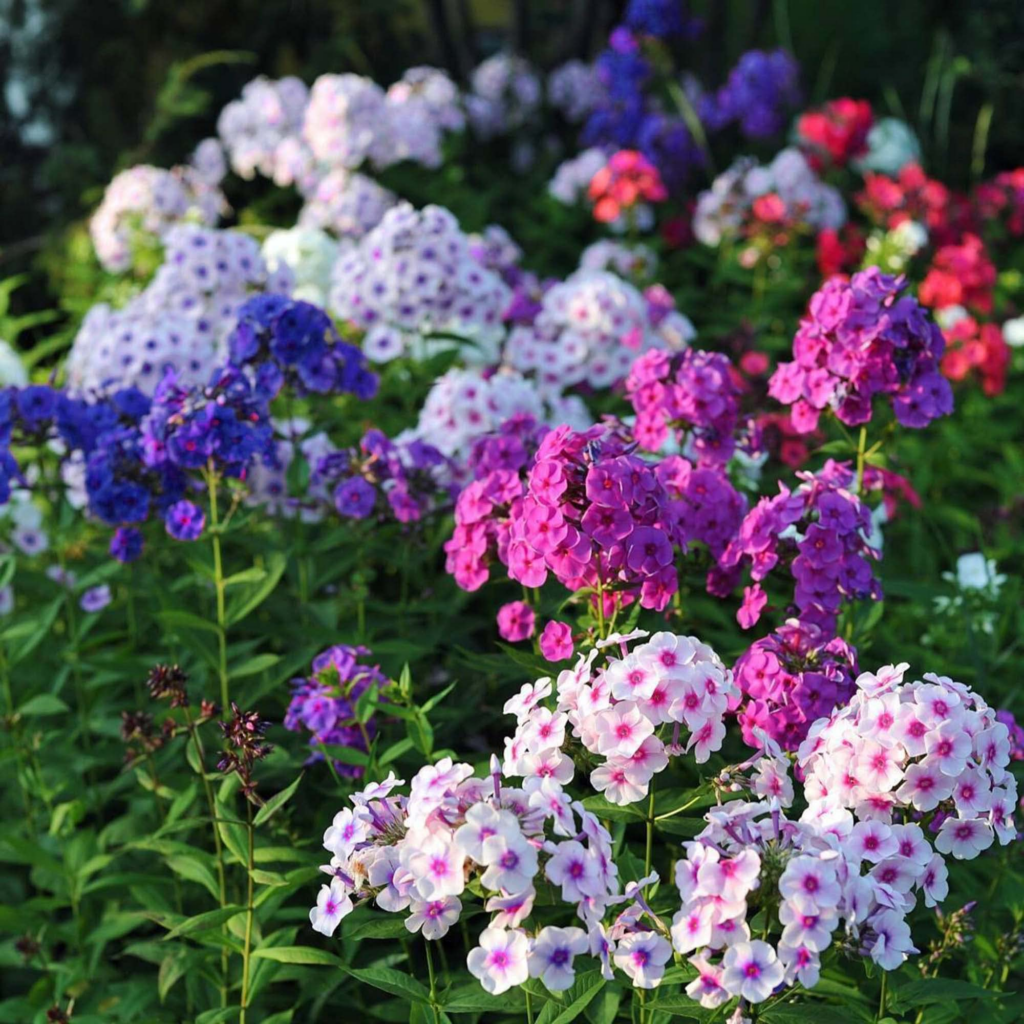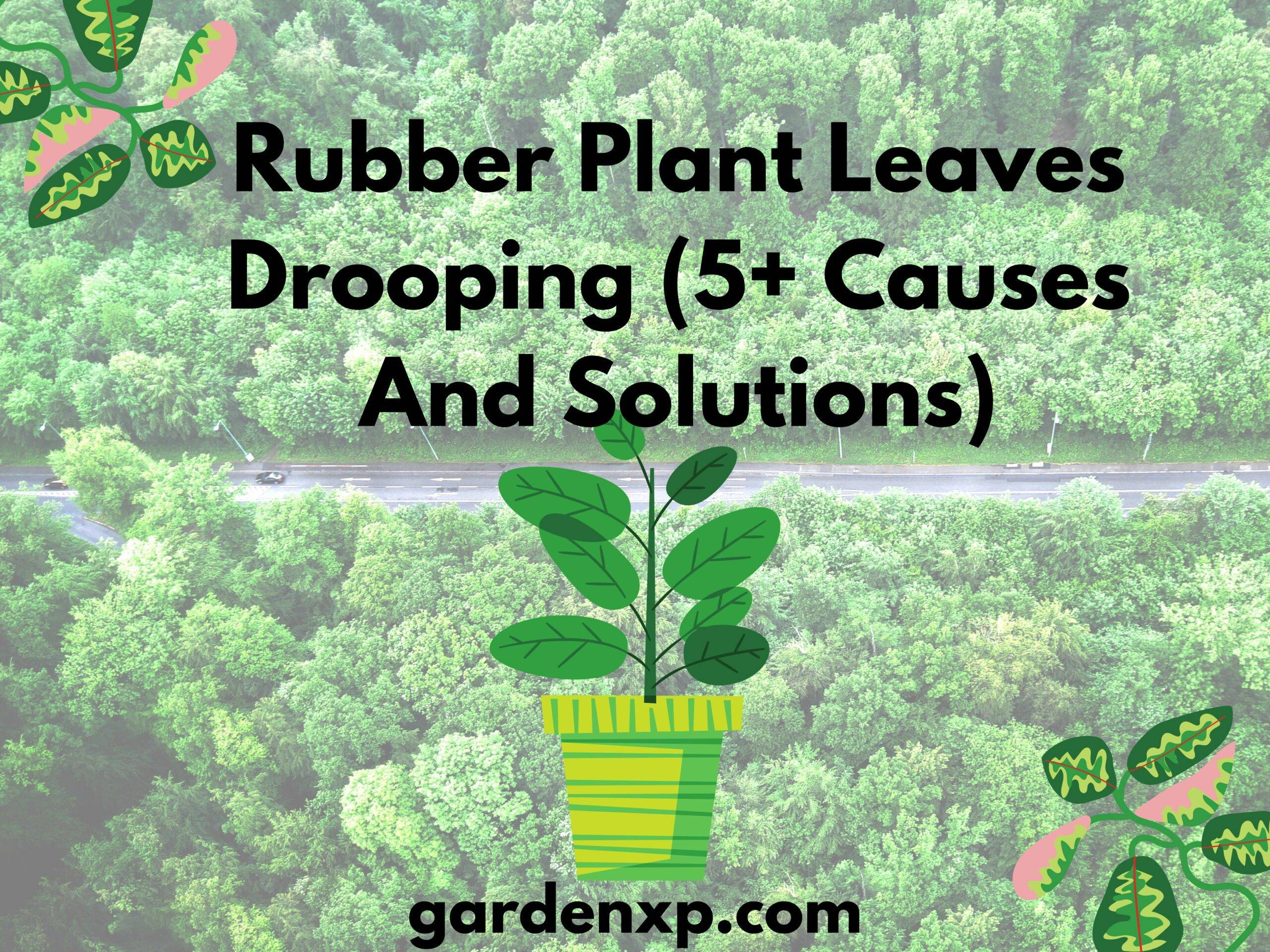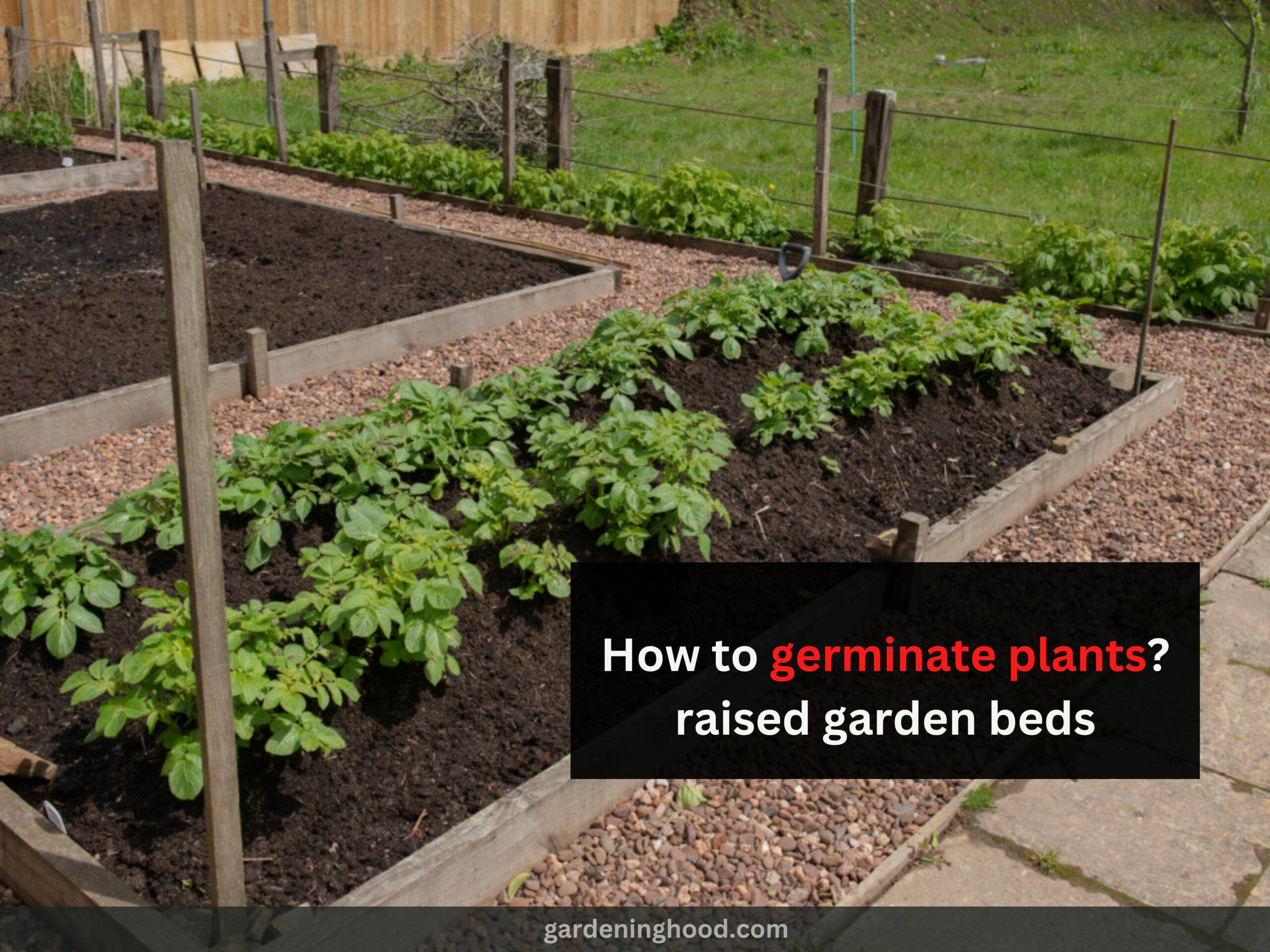How to grow phlox from seed? Growing tips
Have you tried growing phlox from seed? If yes, you might have found it worth it, or perhaps you’re considering buying them from a nursery instead. Before you choose to buy it from a nursery let’s give it a shot, let me help you with growing phlox from seed in your garden.
Trust me, you will be amazed by the sweet scent and delicate petals of the phlox, which will make an irresistible addition to your garden. Did you know that growing phlox attracts pollinators like bees and butterflies, contributing to a healthy ecosystem? So, let’s start growing them together.

How to grow phlox from seed?
The following are some basic points that will help you to grow phlox from seed:
Choose the right timing:
At First, you need to choose the right time to sow the seed which is eight weeks before the last frost.
Get a suitable container:
To grow phlox you need to get a perfect container for it such as the container needs to have enough drainage holes.

Put potting mix in the container:
Now it’s time to fill the container with potting soil but need to stop after reaching ¾ inches from the top and then tamp it down.
Plant phlox seeds:
After filling the container plant the seed at ⅛ inches deep of the potting soil. Also, separate the seed by 1 inch each and at last cover the seed with soil.

Get the soil moist:
You need to maintain the soil moisture for that spray bottle with warm water and make the soil slightly damped. Make sure not to drown the seeds or wash them. Avoid pouring water directly into the tray.
Seal in the moisture:
Always maintain the soil moisture so that seeds are germinated. You can put plastic wrap on the top of the seed tray and make sure the wrap doesn’t come in direct contact with the surface of the potting soil.
Choose a place to germinate the seeds:
It is high time to choose the right pace to germinate the seeds. For seed germination, you need to maintain the ideal temperature of 65 degrees Fahrenheit. To make it easy to maintain the temperature you can use a heat mat and keep the phlox seed in the dark.

Wait for the seeds to germinate:
The seed germination of phlox will take at least 5-10 days. You need to check them during the daytime in order you find the soil is dry then you can spray the water quickly.
Relocate the pot:
After you find the seeds start to germinate you need to take the plastic wrap off. Now you need to move the plant pot to a sunny spot. You need to provide the phlox with a minimum of 12 hours of sun every day for growing best. After removing the plastic wrap the soil starts to dry out more often so you need to maintain the soil by continually spraying and maintaining the moisture of the soil.
Transplant the phlox:
Now it is high time to transplant the phlox seedlings outdoors and for transplanting the phlox you need to give them space between 12 to 36 inches.

Growing phlox in gardens:
These conditions are good for annual phlox species but the requirements for perennial garden phlox are also identical. The phlox of annual species does bloom in spring and fade out in mid-summer but the perennial varieties start blooming from July to September. The phlox plant tends to attract butterflies, bees, and hummingbirds and is nectar-rich. The following are some basic requirements to grow phlox in gardens.
Moisture:
- The phlox is used to grow in the container and the container plant tends to dry out faster than the phlox that are grown in garden beds so you need to water the plant frequently.
Sunlight and heat:
- Phlox plants are sun-loving plants but to provide sunlight during the hottest climate you need to give them some afternoon shade.
- I will recommend you plant the phlox in a ceramic container that tends to absorb the heat.
- You need to place the pot in a place where the pot doesn’t get sunlight in the late afternoon.
- In the high sun, the phlox tends to turn brown and drops the flower.
- Cutting the stem about 60% and deadheading them does increase the chance of getting a second wind later in the season.
Soil preferences:
- The phlox can grow in poor to medium soil but that needs to be drained well.
- You need to plant phlox consistently and give them proper spacing.
- To improve the drainage you can prepare the soil with aged compost and Peat Moss or sphagnum moss.
- The plant does love to thrive on a slightly acidic side.
- The pH ranges from 6.9 to 8.0.
- Phlox does grow well when they are planted near black walnut trees.
Maintenance, pests, and diseases:
If you grow the phlox in an ideal garden and provide all the requirements then they are fairly disease and pest-hardy. They are deer and rabbit-resistant plants. You need to provide the plant with proper spacing, ground-level watering, and planting in full sun that will help the help to prevent a common problems such as:
- Leaf spot
- Crown rot
- Root rot
- Mildew
- Caterpillars
- Leaf miners
- Two-spot spider mites
In case you find any diseased or dropped plants you need to clean up and destroy them so that you can prevent the spreading of diseases. Providing the plant with mulching will help to retain moisture but you need to make sure to keep the mulch away from the plant stems.
Phlox types:
There are some types of phlox but most of them do have the same care requirements only they vary according to the seasonal classification and foliage texture. The phlox tends to grow well in USDA hardiness zones 3 through 10 and the phlox perennial varieties tend to grow overwinter in zones 4 through 8.
The phlox plants are multi-branching plants having clusters of 1 and petals of phlox blooms on terminal spikes. The flower grows trumpet-shaped and has separate petals with a short throat. Some varieties have ragged-edged petals. Many plants share the same range of bloom colors such as magenta, pink, lavender, white, or peach also some phlox species have bi-colored flowers.
Here are some common varieties of phlox:
PHLOX DRUMMONDII:
- It comes under annual phlox.
- It is also called Drummond phlox.
- These phlox are the most widely used species that are used by many families and that tend to grow 8″ to 20″ tall and wide.
- You may get confused between this and perennial phlox as it seems identical to them.

LINANTHUS GRANDIFLORUS:
- The Linanthus grandifl lorus is the mountain phlox.
- This phlox does have large flowers and desert trumpets.
- These plants are with whorled, needle-like foliage that looks like piney green bottle bushes.
- Linanthus grandifl Lorus flowers grow individually or in a cluster that grows at the ends of tall stems.
- This plant does grow 1″ to 3″ tall.
- Mountain phlox plants are native to the scrubby coastal hills of western California.

PHLOX PANICULATA:
- The phlox paniculata is the garden phlox.
- Phlox paniculata does come under perennial phlox.
- The plant tends to grow 2′ to 4′ tall, and 2′ to 3′ wide.
- The plant is native to the Eastern US, from New York to northern Georgia.

Conclusion:
The plants do like roots to stay cool and moist and for that, you need to apply mulch around the base of the plant especially in high in summer. At first, the phlox tends to grow the flower heavily and then slow the process according to the season progresses.


